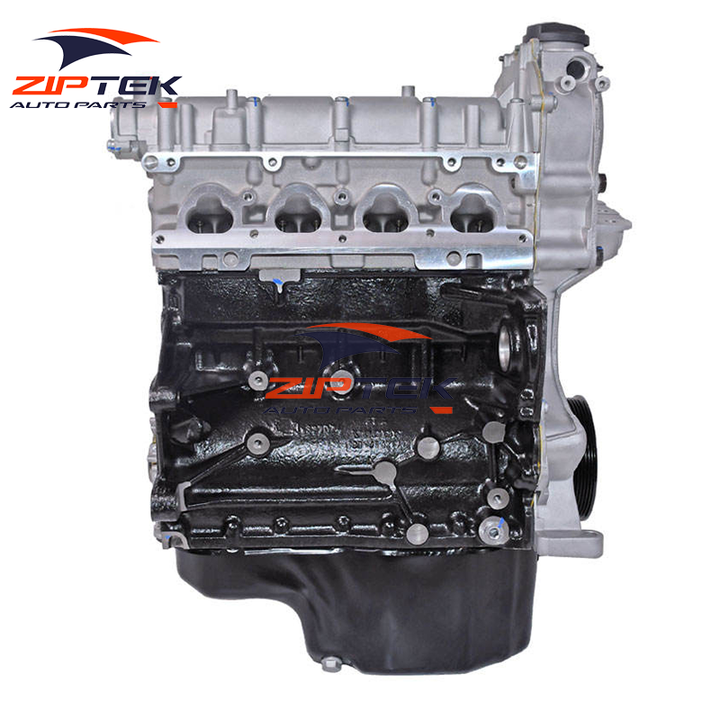Boost fuel efficiency with a top-tier clp engine.
Wiki Article
Exactly How a Clp Engine Can Enhance Performance in Various Industries
The advent of CLP engines notes a significant shift in functional effectiveness throughout different fields, driven by their capability to enhance gas usage and reduce downtime. Industries such as production and logistics stand to obtain substantially from their robust design and consistent power outcome, which promise to improve procedures and enhance efficiency. As companies increasingly prioritize sustainability along with performance, the role of CLP engines comes to be a lot more vital. What stays to be seen is how these advancements will certainly form the future landscape of commercial operations and their effect on more comprehensive financial trends (clp engine).Summary of CLP Engines
CLP engines, or Continuous Liquid Propellant engines, stand for a significant innovation in propulsion innovation, specifically for space applications. These engines make use of a continual feed system that permits the sustained expulsion of propellant, bring about enhanced effectiveness and efficiency compared to traditional solid or hybrid propulsion systems. By preserving a continuous flow of fluid propellant, CLP engines can achieve more accurate drive control, which is critical for navigating spacecraft in various goal circumstances.The layout of CLP engines integrates sophisticated materials and ingenious gas monitoring systems. clp engine. This causes lowered weight and increased integrity, vital elements for long-duration area objectives. The continual procedure minimizes the risk of burning instability, an usual difficulty in traditional rocket engines.

Benefits in Manufacturing
The production of Continuous Liquid Propellant (CLP) engines provides a number of significant advantages that boost both performance and cost-effectiveness. Among the main benefits is the streamlined production process, which decreases the intricacy connected with conventional propulsion systems. By using fluid propellant, makers can achieve better accuracy in engine efficiency, bring about maximized power output and decreased waste.In addition, CLP engines help with a higher degree of modularity, allowing for easier assimilation into numerous manufacturing lines. This adaptability can considerably reduce preparations and enhance total operational versatility. Making use of CLP innovation likewise has a tendency to lessen the need for substantial maintenance because of fewer relocating parts, which converts into reduced downtime and operational prices.

Applications in Logistics
Leveraging Constant Fluid Propellant (CLP) engines in logistics supplies substantial benefits in functional effectiveness and integrity. These engines supply a robust option for numerous transport needs, enabling the smooth activity of items throughout vast basics distances. The integral layout of CLP engines enables regular power result, which translates right into smoother and more predictable transportation timetables.Among the key applications of CLP engines in logistics remains in heavy-duty freight transport, where they can drive both ground and aerial automobiles. Their capability to keep high performance under differing lots problems guarantees that shipment timelines are met, consequently boosting consumer complete satisfaction. Furthermore, CLP engines can be integrated right into automated logistics systems, promoting real-time tracking and maximizing course preparation.
Moreover, the longevity of CLP engines decreases maintenance downtime, permitting logistics companies to optimize their functional capabilities. This is specifically valuable in warehousing procedures, where efficiency in managing and transferring items is crucial. As logistics remains to evolve, the combination of CLP engines stands for a forward-thinking method that not just improves performance but additionally supports the sector's growing needs for reliability and speed.
Influence On Energy Effectiveness
Just How do Constant Liquid Propellant (CLP) engines improve power performance in transport? CLP engines use a constant circulation of liquid gas, enhancing combustion processes and maintaining a stable thrust output. This style minimizes energy losses connected with standard burning engines, where fuel delivery can vary and result in ineffectiveness.The continual procedure of CLP engines enables an extra effective thermal cycle, causing higher specific impulse contrasted to conventional engines. clp engine. This translates to decreased fuel usage for the same amount of work done, dramatically lowering functional costs across numerous transport sectors, including aviation and maritime sectors
Additionally, the capability of CLP engines to keep optimal performance under varying load problems minimizes the demand for constant acceleration and slowdown, even more enhancing fuel effectiveness. Boosted power my response efficiency not just adds to cost savings but additionally brings about reduce greenhouse gas exhausts, aligning with international sustainability objectives.
Future Trends and Innovations
Emerging developments in Continuous Fluid Propellant (CLP) engine technology assurance to change the landscape of transportation effectiveness and sustainability. As industries pivot towards greener options, CLP engines stand at the leading edge, integrating cutting-edge products and style methods that boost performance while reducing environmental impact.One of one of the most promising fads is the adoption of hybrid systems that integrate CLP engines with renewable resource resources. This harmony can maximize fuel intake and lower emissions, lining up with global sustainability goals. Additionally, advancements in computational fluid characteristics (CFD) are assisting in the style of more aerodynamically efficient engines, leading to minimized drag advice and improved fuel efficiency.
Furthermore, the growth of wise monitoring systems is established to boost functional performances. These systems leverage information analytics and IoT innovation to enhance engine efficiency in real-time, making sure that the engines operate within their most efficient criteria.
As research study remains to check out different propellant formulations-- such as biofuels and artificial fuels-- the future of CLP engines looks appealing. By using these advancements, sectors can not just boost their performance but additionally contribute dramatically to a cleaner, much more lasting future in transport.
Verdict
To conclude, CLP engines stand for a considerable innovation in effectiveness across several industries. Their capacity to enhance fuel consumption and minimize operational prices, incorporated with a continual feed system, enhances power outcome and operational reliability. The integration of advanced materials and fewer relocating parts decreases maintenance needs, while alignment with sustainability goals settings CLP engines as a critical technology for the future. Continued development in this field assures additional enhancements in performance and ecological performance.Report this wiki page